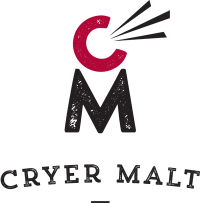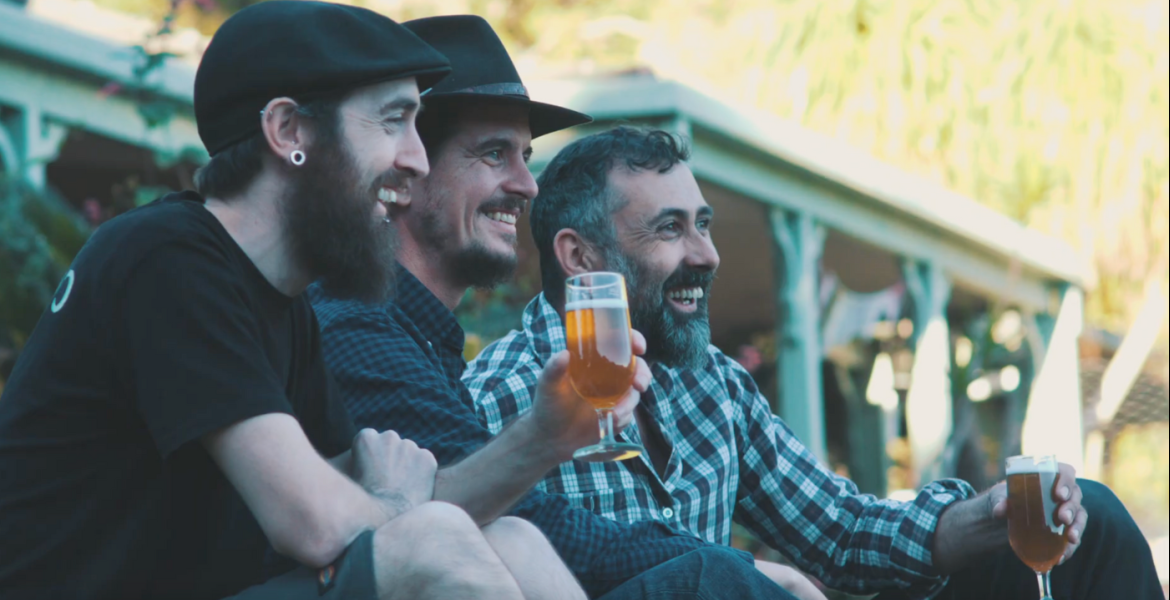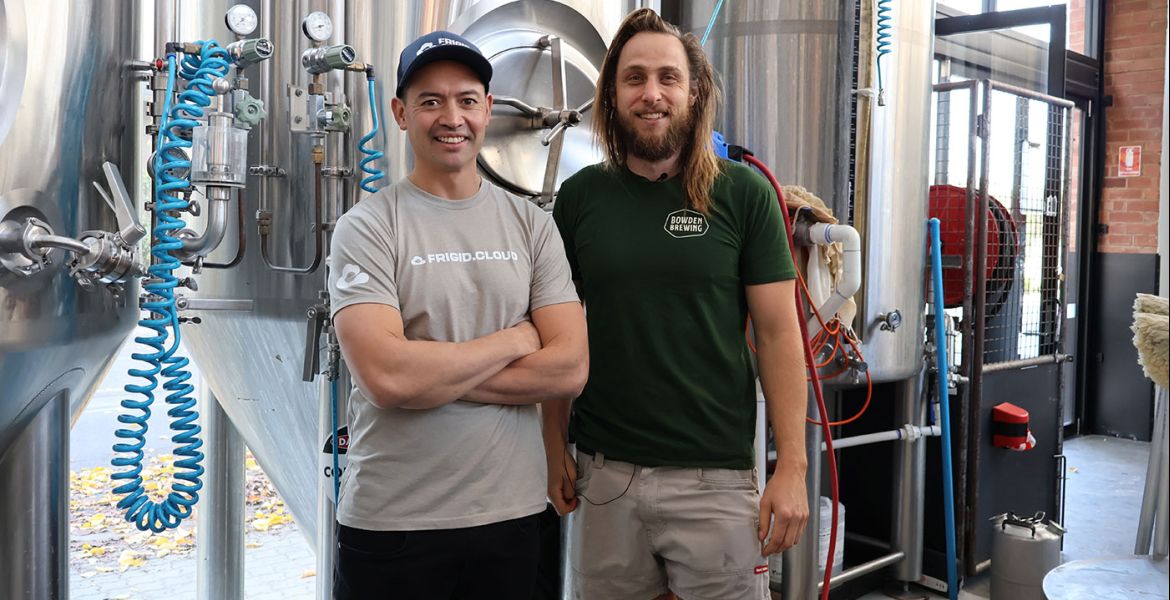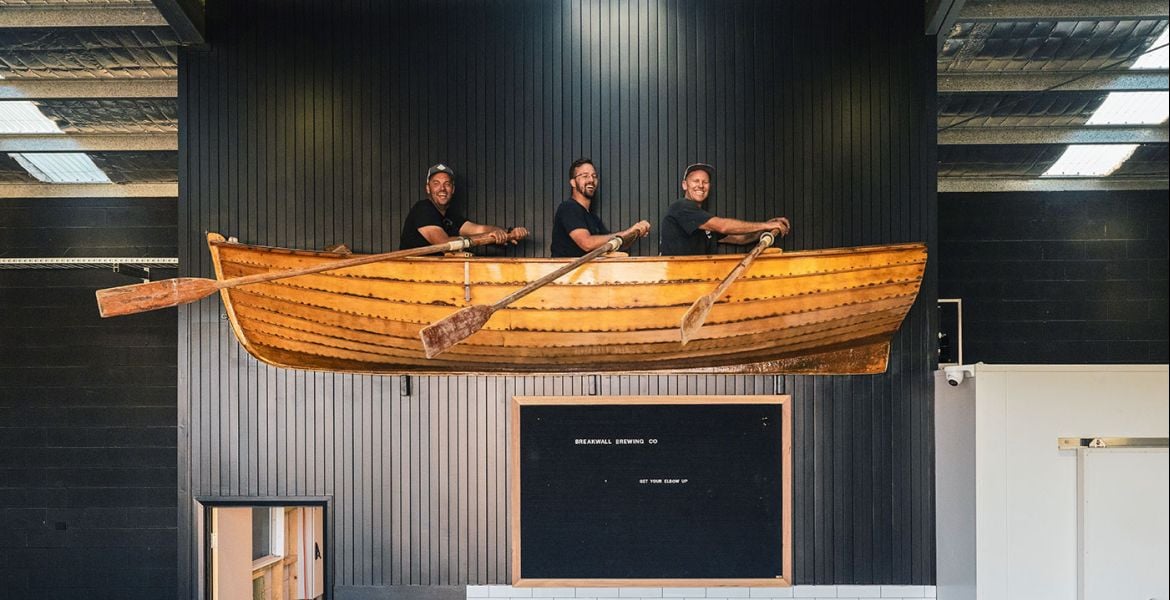All our weekends look a little different now. For the time being, days at the beach, camping, gigs and slacklining are pretty much no more and instead we’re stuck with that overwhelming feeling there’s simultaneously too much, and not nearly enough, to watch on Netflix.
Two pastimes that are unaffected by quarantine, however, are reading and homebrewing. Peter Symons would ideally like you to do both at once as you work your way through his latest book, Guile Brews, which you can buy online here. The book is dedicated to historic Cornish, Irish and English brewing and features 82 recipes spanning the 1850s through to the 1990s.
Having previously unearthed many long forgotten Australian beer recipes in Bronzed Brews and 6 O'CLOCK Brews while also being pivotal in the revival of the historic Melbourne No.1 Yeast, Guile Brews might seem like a new direction for Peter.
But the new book is something of a continuation of his earlier archival research and a return to his roots. Peter says having grown up in Cornwall it was the chance to explore the beers of his younger life but his research for his last two books also led him to Guile Brews.
“I was a bit stuck,” Peter says. “I didn’t have enough to get stuck into a third Australian book so I made the decision to use what I’d already harvested because I had heaps of records.”
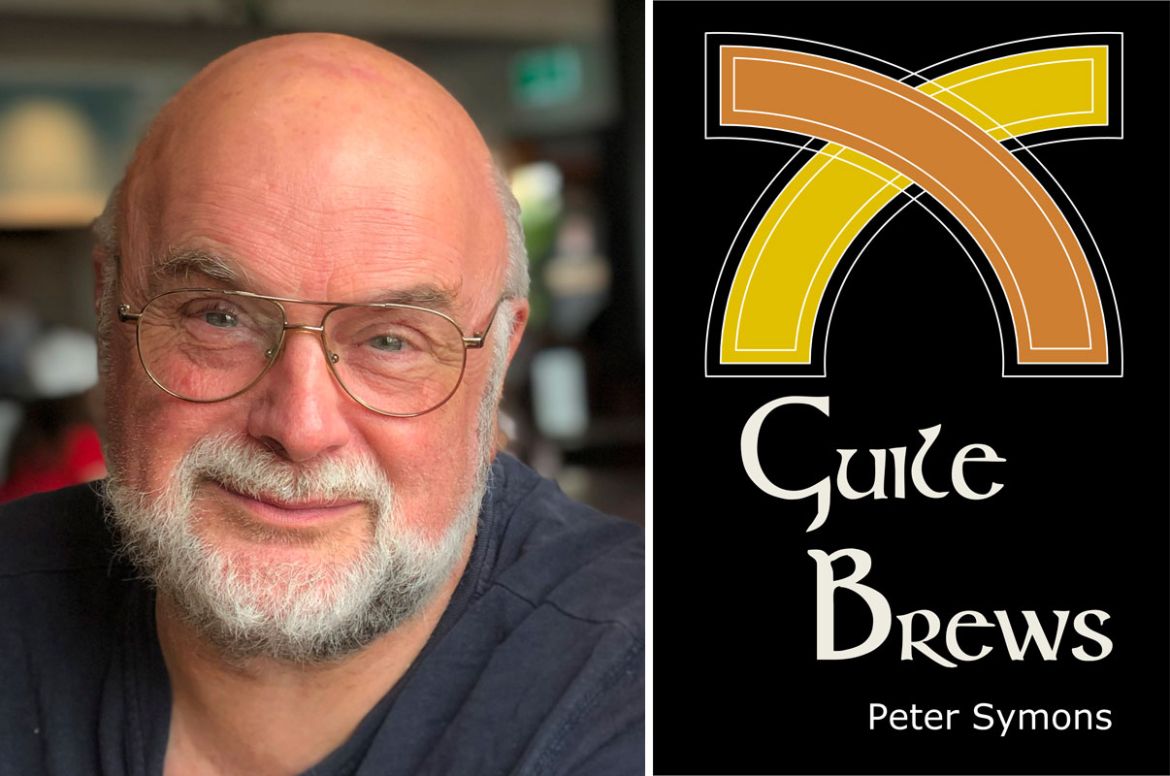
The book’s name is a reference to guile (often spelt gyle) and parti-guile / parti-gyle brewing, a process that involves producing multiple beers from a single mash that many homebrewers will be familiar with. Often it involves using a single wort to produce something high in alcohol like a barleywine then using later runoffs to make another beer with a lower ABV.
But Peter says looking at the breweries in different regions and across time showed that each brewery used different techniques to brew, based on their size and equipment.
“The parti-guiles I’ve found are different in every brewery that I’ve looked at,” he says.
“Having looked at several provincial breweries, there weren’t national brands, there was a certain amount of local tastes being catered for. National brands – and it’s the similar too with Australia – weren’t really around until the mid-1950s.”
Peter says those different approaches, along with the use of sugar and other adjuncts in recipes, makes scaling down those recipes for homebrewing a challenge. Often Peter would ask his mate Barry Cranston – a regular winner of homebrewing championships – to brew more difficult recipes for him.
“I spent probably a year developing and working through things,” Peter says. “While I got some of my colleagues in the brew club to brew some beers too.”
Among the breweries that feature in Guile Brews is the Banks's Park Brewery from Wolverhampton, who gave Peter a hundred years’ worth of the classic Midlands mild recipes from which to draw. Time spent researching Flowers Brewery in Stratford-upon-Avon likewise gave Peter more than a century of IPA history for inspiration.
“I devote a chapter to that brewery and can map IPA over time,” Peter says. “I thought that was pretty interesting because that comes from real, legitimate brewing records not what people have made up. Marketing has been with us for a very long time.”

Research for the book also led Peter to the University of Cork in Ireland, which has an impressive archival collection of records from Ireland’s second most famous stout brewer, Murphy's.
“I spent a full day in the bowels of their archives photographing like mad,” Peter says, with the recipes covering a period from 1857 to the early 1970s.
Peter says brewing Murphy’s first ever double stout, with a recipe from 1889, was one of his highlights as a brewer.
“That was a very simple beer, all malt with base pale malt and then black malt. No roasted barley or barley flakes which is a much more modern innovation,” he says.
“That was not at all like the stout you’d get today, it was much more bitter. In fact, the bitterness was very pronounced and took a little while to smooth off.”
As for what’s next in Peter's explorations, close to a year ago he asked for help finding historic beer recipes that anyone might have their hands on. He's still keen for help on that front so he can fill any historical gaps.
“I’ve got the outline for the next book but I’m really looking for examples. I’ve got a structure in mind and I’ve got more beers to put in but I could really use some more.”
You can find all of Peter's books here. He's also offered to give a signed copy of Guile Brews to one of our newsletter subscribers for the edition going out on April 17. Photo at top taken from the Guile Brews homepage.





